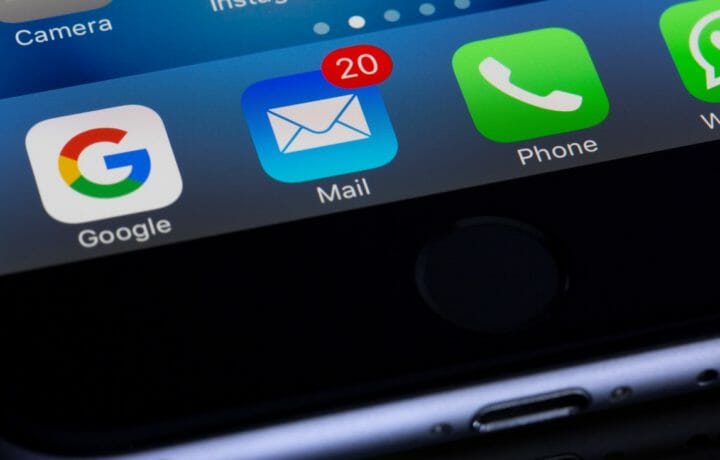I don’t think there can be enough blog posts or podcasts or articles focused on email etiquette. No matter how many times people are warned about email etiquette, there are still issues which should never have happened with email. Far too often people instantly regret sending an email, or wish they would have said what they wanted to say in person instead of over email. Email is a powerful communication tool and one that has shaped the way in which we communicate with each other in and out of the workplace. You can send all of the poorly written and angry emails you want in your personal life, but please… let’s hold it together in the office.
Five Things to Remember with Email
Here are some tips about how to stay professional when utilizing email as a means of communication.
1. Stay Classy
Yes, stay classy my friends… when you write an email, don’t include a lewd joke or a forward letter, I hope that we are past chain emails by now. Don’t send a YouTube video link in an email, we don’t need to see that cat video! Everything email you send within your organization’s email system is logged and can be used against you. Be careful what you say about others in email, you never know who’s reading over your shoulder or your intended receiver’s shoulder. In the words of Ron Burgundy, stay classy!
2. Check your To: and CC: line Before Sending
I can’t stress this enough, check your to and cc line before clicking send. This is especially important if you are heated or having an issue with someone that was on the recipient list. Recently, a colleague was angry with a customer that I was supporting. They claimed he was dragging his feet and purposely making the project difficult for us. Well, this colleague of mine didn’t check the CC: line, and sure enough the customer was still on it. If you are going to draft an email that needs to stay internal to your company or team, mark it [INTERNAL ONLY], that way your intended recipient knows who is involved in the discussion.
3. Less is More with Your Signature Block
Yes, we know you have an MBA degree and we know you have 20 technical certifications. Less is more in your signature block, keep it simple.
Here is an example of a signature block that is just too much:
John Doe, MBA, MCSA, MCSE, CEH, VCP4/5/6, CCNA
Sr. Datacenter Engineer, Datacenter Operations Team
CompanyXYZ
1234 Anystreet, Any State 82431
john.doe@companyxyz.com
(123)456-7890 cell
(123)456-0987 work
(123)456-8000 office
CompanyXYZ is a EEO Employer
Rated #1 customer satisfaction in XYZ State 10 years running!
That’s just too much! Just keep it simple, here’s an example of a simple and classy signature block:
John Doe
Sr. Datacenter Engineer
CompanyXYZ
john.doe@companyxyz.com
(123)456-7890 direct
4. Take a Deep Breath, Count to 10
When you are angry or frustrated with someone, the last thing you want to do is send them an email. Please, just don’t do it. The best advice I can give anyone is to take a deep breath and count to 10. Then re-evaluate the email you banged out on your laptop and find a better way to say what you need to say. Email is a really poor means of communication; there isn’t a way to convey how you are really feeling, unless you start using expletives (DON’T). Sometimes, taking a deep breath, counting to 10 and either walking to see the person or calling them is a better option. You can’t undo an email, and again, every email is on record – some permanently.
5. Get a Peer to Read it First
A great way to write an email when you are trying to convey something that is very important to you or that has emotion involved, is to write it up and then have a friend read it. Mark it as [DRAFT] and then send it to them, or have them walk over and read it. Better to have a second set of eyes on an important email. This comes in handy when you are requesting a raise, or sending a letter or resignation… have someone else read it and proof it. Sometimes even reading it outloud to yourself is helpful to hear how it might sound for someone else.
Keep Your Career Intact With Your Email Habits
Just be extra careful when you are drafting and sending an email. Use formal language and follow the steps in this article to keep your email communication professional and effective. People will come to respect you for the way in which you communicate with others inside the workplace.




